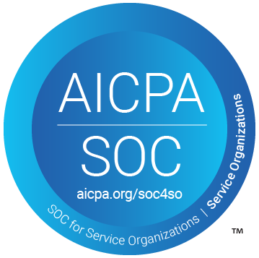Marketers are all too familiar with technology that promises to save time, especially because it typically means changing a long-standing process or workflow that is supported by expert resources (such as email designers and developers), even if problems sometimes arise. This can understandably make some team members hesitant to adopt new technologies, so we decided to take a look at how much work adopting an email creation platform requires and how to get below the surface of the initial objections by truly understanding the status quo.
The secret is being able to visualize the email faster
The biggest driver of slowness in email creation processes is the fact that the requester — i.e., the person deciding the content for an email — is usually not the one actually producing the email assets. The requester often fills in copy in a Word or Google doc, and then submits that to another team. If you’ve ever heard or said a phrase that starts with “Well now that I see it, can we [move the button over here, shorten that paragraph, change the CTA, swap the image, etc etc]” you should immediately know what we’re talking about. Because the content was created without seeing how it would display, it’s almost guaranteed that the requestor won’t like how the content is displayed once they actually see the first proof. But if you use an email creation platform like stensul for email creation, your email requesters can actually see the email come to life in real-time as they fill in the content. WYSIWYG ftw!
Some teams have a central team use stensul for the initial email build, and then give access to the requestor to make changes. In either path, any changes the requestor wants to make can be made immediately, rather than submitting a ticket or emailing the designer, developer or agency and waiting 1, 2, 3 days for a new version. The inputs an email creator would put into stensul are the exact same things that they would put into a copy doc or a brief. When you calculate all the back-and-forth time and headache saved because the creator can actually do those changes themselves, it’s clear that using an email creation platform requires far less work, freeing up extra time for the requester.
Choose a platform with easy integrations to your current ESP
To help save time during implementation and overall in the day-to-day creation process, choose an email creation platform that’s integrated with the ESP you already use. Stensul, for example, offers seamless integrations with leading ESPs to make it really easy for finished emails to be passed directly into the ESP so they can be deployed to your recipients. Sure, manually copying and pasting html can work, but it introduces opportunities for mistakes to happen, and adds time and work to the overall process. This is especially true if the email creators and email deployment team are far apart geographically and in different time zones. Not to mention, many Marketing Operations teams aren’t big fans of having lots of email requesters/creators in the ESP itself.
The benefits of built-in review and approvals workflows
Built-in review and approvals in an email creation platform gives members of an organization complete visibility into email assets in progress, removing any chance that local marketers would be deploying rogue emails from the ESP. The review and approval process is where an email’s wait time can skyrocket — the back-and-forth necessary to get messages across and make changes stretches the completion timeline to weeks, rather than hours. Approvals often end up being chased down in email communications and chat messages, rather than an integrated review and approvals workflow that’s possible within one platform. The best email creation platforms let you set up multiple review and approvals workflows depending on the type of email and mailstream, rather than an unrealistic one-size-fits all approach.
Structure permissions with a multi-model system
Along with having an integrated review and approvals process within the platform, your solution should include configuration capabilities to support various models of email creation. In a centralized model, for example, high-visibility emails are made only by the central team. In a hybrid model, however, requesters are able to make some changes themselves with strict guardrails put in place by the platform. And finally in a distributed model, lower-visibility emails that require minimal design are able to be made entirely by requesters (while still approved by a central team if needed). The ability to configure role-based access with comprehensive permissions, allow for business rules, branding rules, and legal & compliance regulations means that team members will be able to use their time effectively and efficiently.
Support, Success, and Training resources will help reduce actual and perceived work
As experienced software buyers know, choosing a technology is just the beginning — the real value comes once a team adopts and becomes proficient with the new product. When you choose an email creation platform, especially if your company is of decent size, it is imperative to understand the kind of help you’ll have from the vendor to make the relationship successful. This doesn’t just mean support via a chat or ticket system and online help center, but rather an expert team spanning support, enablement, training, and customer success to help guide you to the successful future-state that made you want to buy the technology in the first place. The more proficient your end-users are with the platform, the less it feels like work. This is why we at stensul have and continue to invest extensively in these areas, hiring talented experts who are 100% focused on making our customers successful.
So, in short, bringing on an email creation platform may seem like extra work from marketers, but when you’re able to take a holistic view of the process, it turns out there are tremendous efficiencies to be gained. We’ve seen email creation processes go from weeks to days or even hours, freeing up thousands of hours for everyone involved. What you do with that extra time is up to you.



